The trading environment remains very competitive for food retailers. But recent updates from Marks and Spencer, Sainsbury and Morrisons confirm that good execution of a customer-led strategy will grow market share and attract spend from new shoppers.
For most of these retailers, this means winning back shoppers who have defected to Tesco over the past five years.
Despite the fall in profits due to the costs of integrating all stores under a single brand, Morrisons has increased market share in the past three months from 10.5% in February to 10.7% in the 12 weeks to 20 May 2006. It has also managed to hold on to shoppers this year.
Asda, with a 14% share of grocery sales, is falling behind Sainsbury, which has 16%, but is still just ahead of Sainsbury for Total Till with a market share of 15.4% and now has the same shopper penetration as Sainsbury. More than a third of all households visit these retailers over a typical four-week period, but Asda has not yet experienced sustained growth in the average spend, which suggests that the Asda shopping basket remains volatile.
Mike Watkins, senior manager of retailer services, comments: "There is a willingness to travel to stores that are perceived to give value for money, for example Asda, which suggests that it still has a lot of scope to drive sales by building on the consumer perception of being the lowest priced supermarket" [ACNielsen Shopper Trends 2006]. He adds: "Shoppers are able to evaluate the trade-off between consistent low prices and deep but short-term promotional offers. They continue to differentiate more on value for money than on absolute lowest prices."
With the top four supermarkets now taking 70% of all supermarket spend and dominating in out-of-town locations, Somerfield, the co-operatives and Waitrose need to flex their understanding of local community needs as well as meet the needs of high street shoppers.
More than a third of shoppers visiting these stores spend between £5 and £15. There is plenty of opportunity for fresh and locally sourced foods to be the reason for visits, which means a good range is vital. Also important is a price perception that does not alienate potential shoppers by being too high, something that Somerfield is addressing in a bid to maintain a 4% market share that has remained unchanged for the past 12 months.
So even if the Top 4 are increasingly perceived in a similar way across price, range and service, there is still an opportunity for differentiation for the best convenience retailers and for M&S and Waitrose.
Ultimately, having customers today is no guarantee of customers or profits tomorrow, whatever your market share.n
For most of these retailers, this means winning back shoppers who have defected to Tesco over the past five years.
Despite the fall in profits due to the costs of integrating all stores under a single brand, Morrisons has increased market share in the past three months from 10.5% in February to 10.7% in the 12 weeks to 20 May 2006. It has also managed to hold on to shoppers this year.
Asda, with a 14% share of grocery sales, is falling behind Sainsbury, which has 16%, but is still just ahead of Sainsbury for Total Till with a market share of 15.4% and now has the same shopper penetration as Sainsbury. More than a third of all households visit these retailers over a typical four-week period, but Asda has not yet experienced sustained growth in the average spend, which suggests that the Asda shopping basket remains volatile.
Mike Watkins, senior manager of retailer services, comments: "There is a willingness to travel to stores that are perceived to give value for money, for example Asda, which suggests that it still has a lot of scope to drive sales by building on the consumer perception of being the lowest priced supermarket" [ACNielsen Shopper Trends 2006]. He adds: "Shoppers are able to evaluate the trade-off between consistent low prices and deep but short-term promotional offers. They continue to differentiate more on value for money than on absolute lowest prices."
With the top four supermarkets now taking 70% of all supermarket spend and dominating in out-of-town locations, Somerfield, the co-operatives and Waitrose need to flex their understanding of local community needs as well as meet the needs of high street shoppers.
More than a third of shoppers visiting these stores spend between £5 and £15. There is plenty of opportunity for fresh and locally sourced foods to be the reason for visits, which means a good range is vital. Also important is a price perception that does not alienate potential shoppers by being too high, something that Somerfield is addressing in a bid to maintain a 4% market share that has remained unchanged for the past 12 months.
So even if the Top 4 are increasingly perceived in a similar way across price, range and service, there is still an opportunity for differentiation for the best convenience retailers and for M&S and Waitrose.
Ultimately, having customers today is no guarantee of customers or profits tomorrow, whatever your market share.n








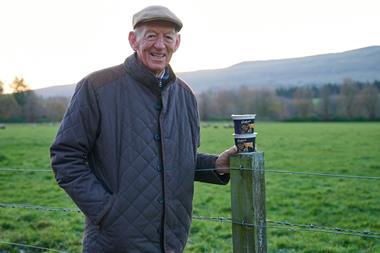

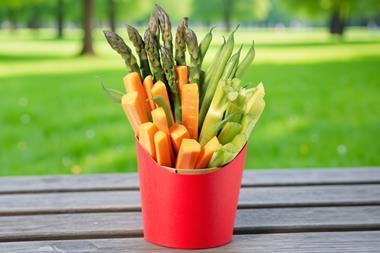



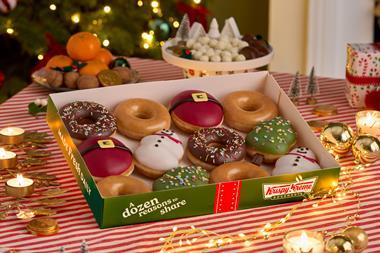
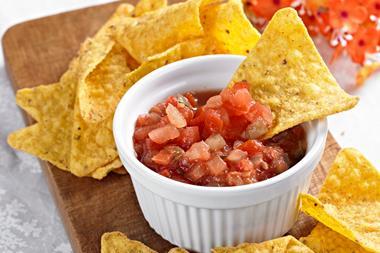
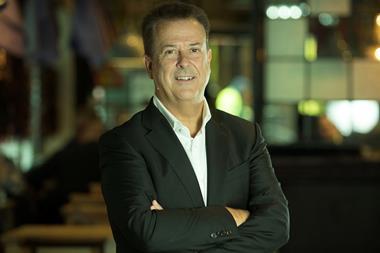

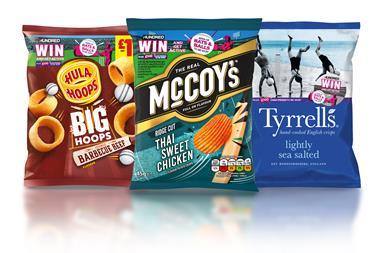
No comments yet